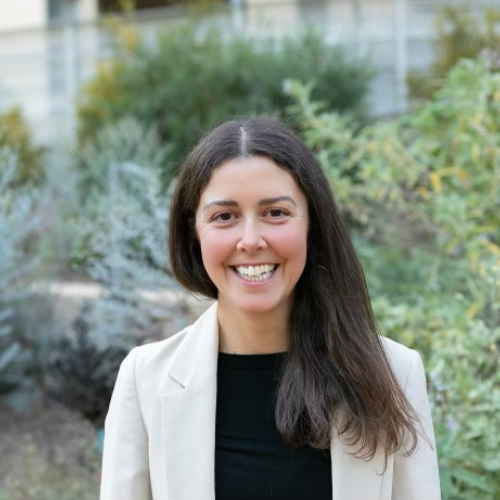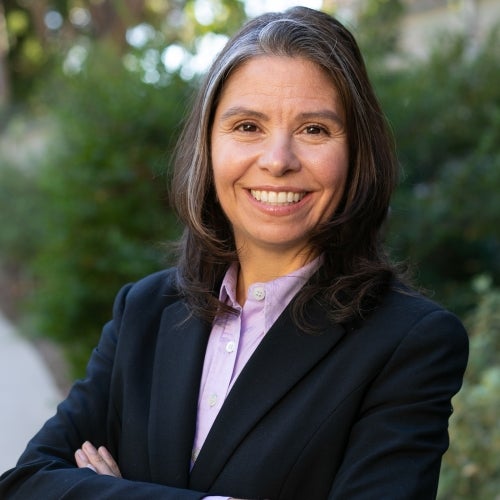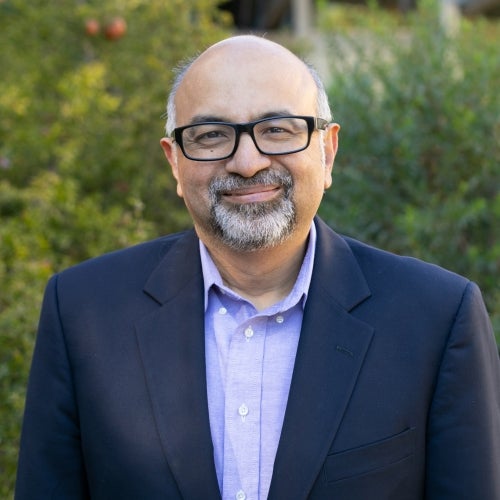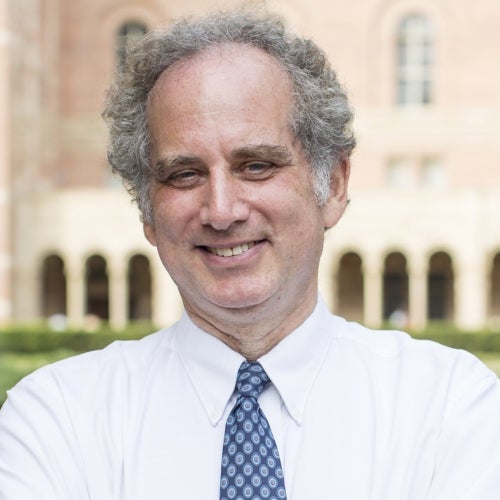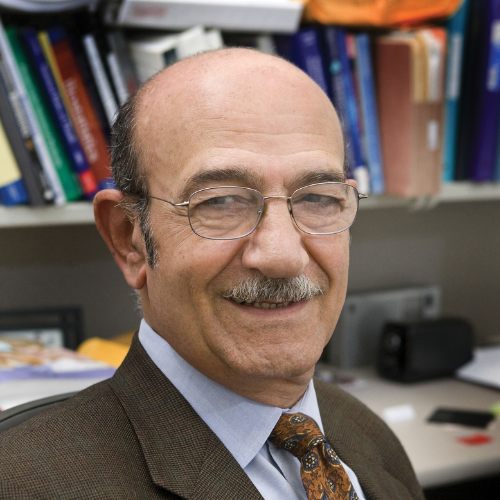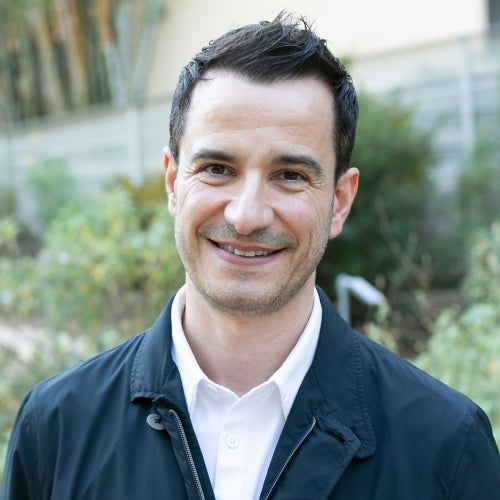Research into origins of measles provides insight for dealing with current, future pandemics
UCLA faculty co-led study finds measles appeared in 6th century BCE and is based on the oldest human-infecting RNA virus genome sequenced to date.

A complex research project designed to answer basic questions about how the human measles virus diverged from a related cattle pathogen has revealed the divergence may have occurred as early as the 6th century BCE, a time where cities were growing and interconnecting, through trade, travel, and war, across Eurasia from China to the Mediterranean.
One of the co-leaders of the project is Dr. Marc Suchard, MD, PhD, professor of Biostatistics, Biomathematics, & Human Genetics at the UCLA Fielding School of Public Health, whose work served as the basis to reassess the divergence date of measles and the related rinderpest viruses. This period – 600 to 501 BCE – marks the earliest possible emergence of the measles virus and was estimated using advanced molecular clock modeling.
“Using computational approaches, we can now account for changing evolutionary dynamics over time. This showed that previous research had substantially underestimated the origin of the measles to the medieval times," said Suchard, who along with colleagues at KU Leuven in Belgium, developed these new models aimed at avoiding such biases.
“Measles appears to have arisen alongside the growth of large and, for the first time, inter-connected cities, which can be directly compared to the situation we face today in regard to emerging infectious diseases, like COVID-19, that arise from zoonotic pathogens,” Suchard said. “Travel between these urban areas took months or years when measles first appeared, but now it takes only hours or day – so we have similar health concerns, but vastly different time-scales.”
The study, published in Science on June 19th, summarizes research from scientists at the Robert Koch Institute (Germany), the KU Leuven (Belgium), the Berlin Museum of Medical History at the Charité (Germany), the University of Oklahoma, and the University of California, Los Angeles (UCLA)
Measles is a highly contagious infectious disease, which despite being vaccine-preventable, still imposes a tremendous burden on human health. Like many human diseases, measles originated in animals. A spill-over of a cattle-infecting virus, the common ancestor to both measles virus and its closest relative rinderpest virus is understood as likely to have given rise to the disease. The timing and circumstances of this important host switch are still debated.
Scientists involved in the current study began by analyzing a formalin-fixed lung from a 2-year-old measles patient who died in 1912 in Berlin, found in the collection of the Berlin Museum of Medical History. The team succeeded in assembling almost the entire measles virus genome - notably, this is the oldest human-infecting RNA virus genome sequenced to date.
“We were thrilled to find that recovery of viral RNA from such an old specimen was possible and, actually, quite an easy thing to do. This opens new perspectives for the study of RNA virus evolution,” said Sébastien Calvignac-Spencer (Robert Koch Institute), whose team sequenced the genome. Thomas Schnalke, the head of the Berlin Museum of Medical History, added: “This underlines the outstanding value of medical specimen collections, which are not only historical but also molecular archives.”
In a second step, the 1912 genome, coupled with already available genomic data from additional measles strains and the related rinderpest and Peste des petits ruminants viruses, served as the basis to reassess the divergence date of measles and rinderpest viruses.
This date was estimated using advanced molecular clock modeling by the teams led by Suchard and Philippe Lemey (KU Leuven); the researchers found the new divergence estimate falls into the 6th century BCE, a period marked by growing populations and the rise of large cities both in Europe and Asia. Measles requires large, connected populations for undisrupted circulation, which likely did not exist prior to this period.
“Of course we cannot say for sure if measles emerged in humans shortly after divergence and if that was linked to demographic change, but it is certainly a plausible scenario that can no longer be excluded,” said Kyle Harper, a historian from the University of Oklahoma.
For further information:
- Ancient pathogen lab at the Robert Koch Institute: www.pathogen-museomics.org
- Berlin Museum of Medical History at the Charité: https://www.bmm-charite.de
- Laboratory for Clinical and Epidemiological Virology, Evolutionary and Computational Virology at the KU Leuven: https://rega.kuleuven.be/cev/ecv
- Suchard lab at UCLA: https://msuchard.faculty.biomath.ucla.edu/
- Department of Classics and Letters at the University of Oklahoma: https://www.ou.edu/cas/classicsandletters/research
Faculty Referenced by this Article

Automated and accessible artificial intelligence methods and software for biomedical data science.



